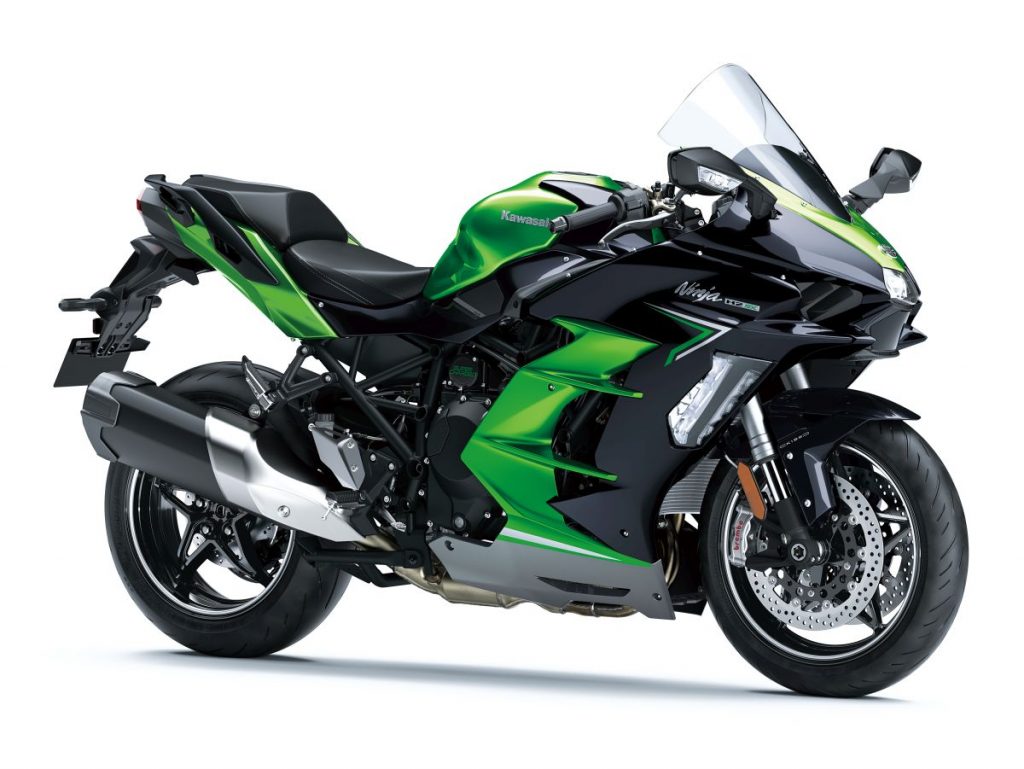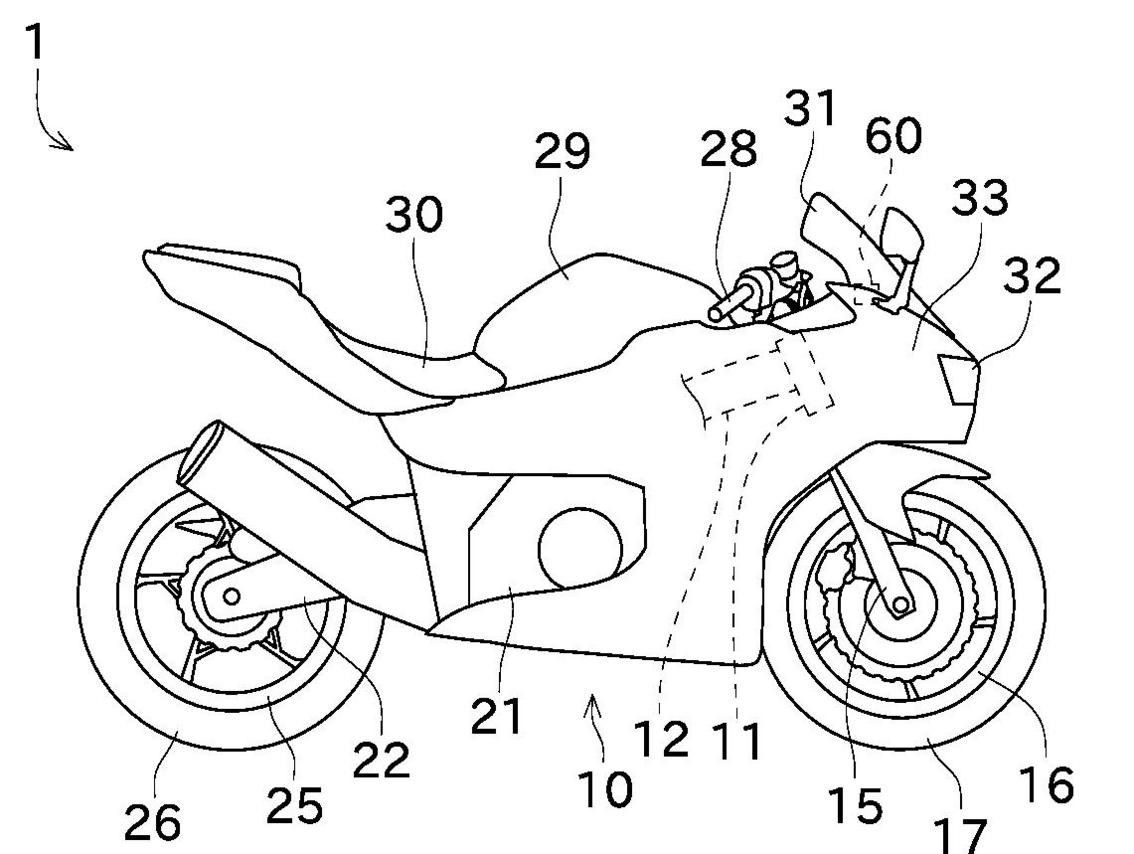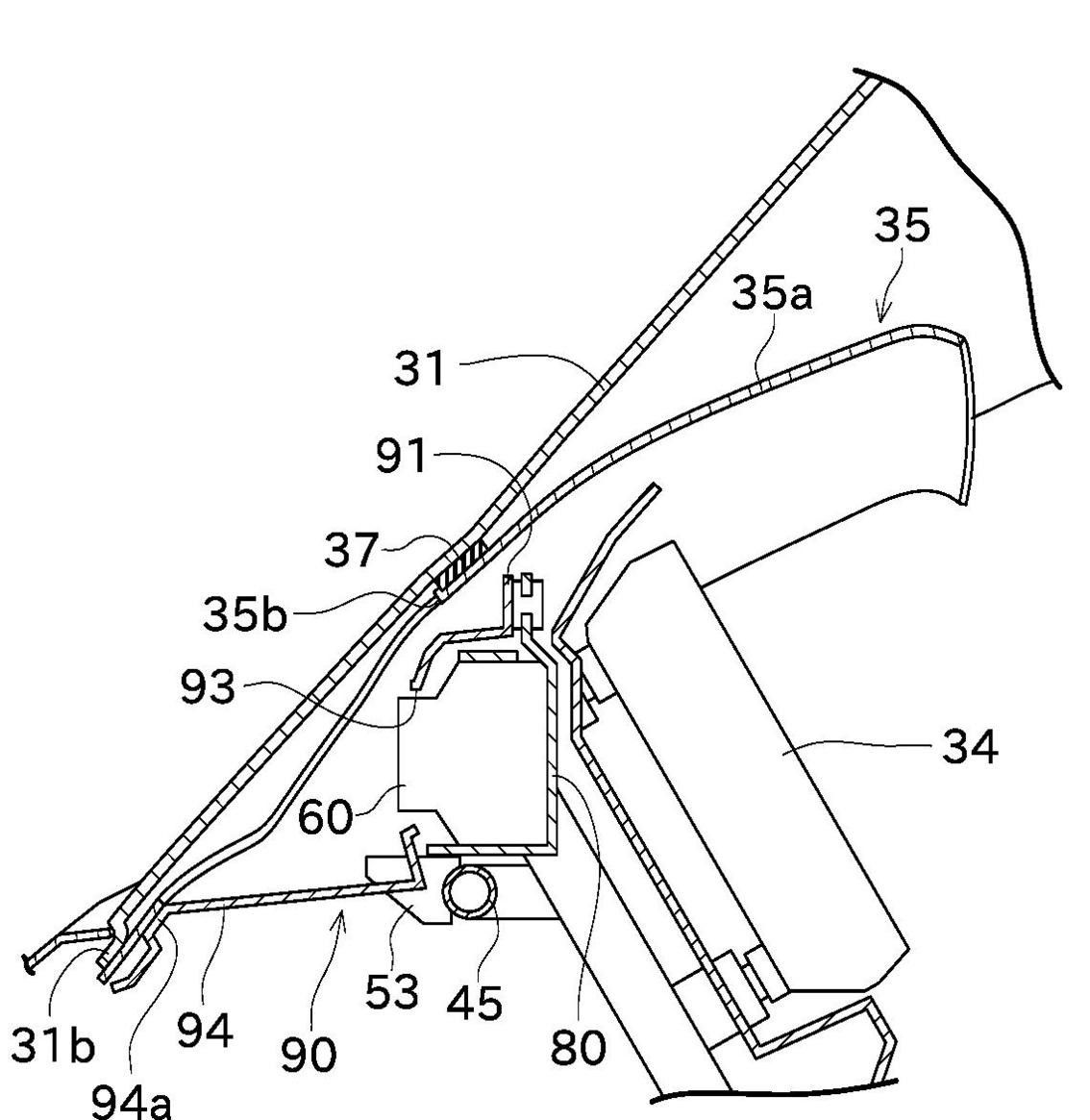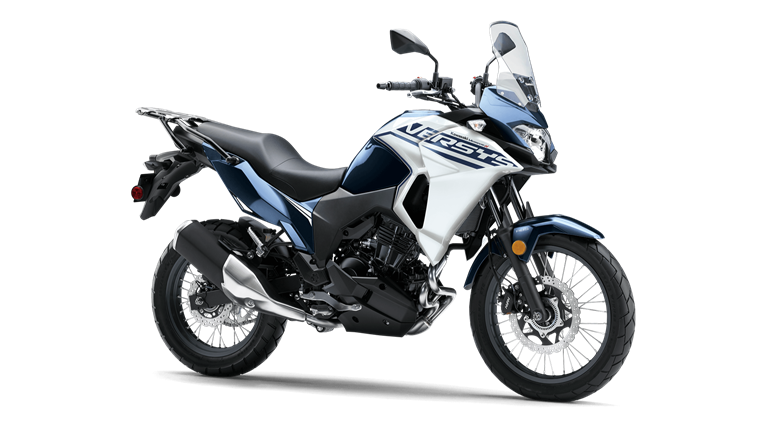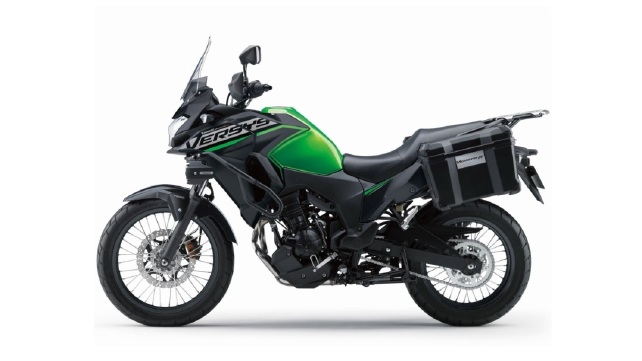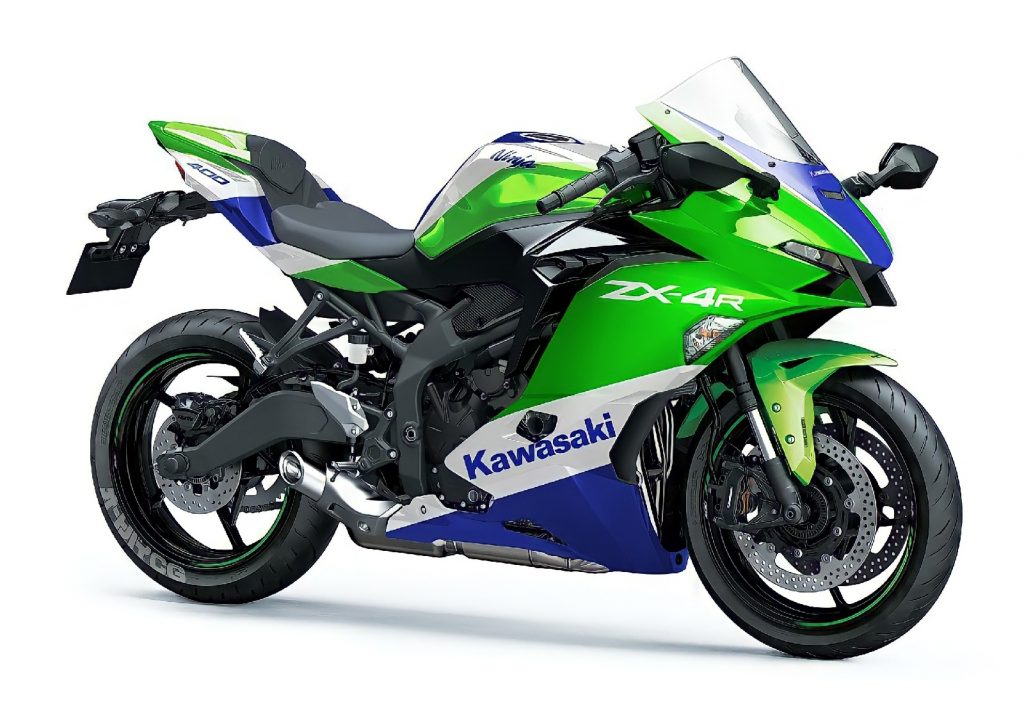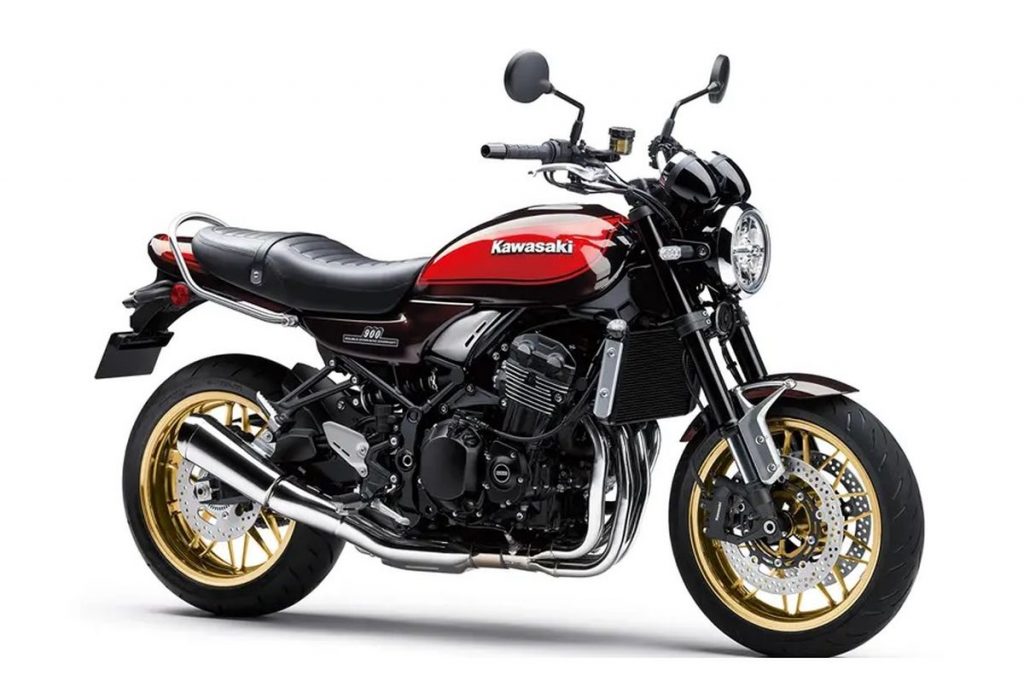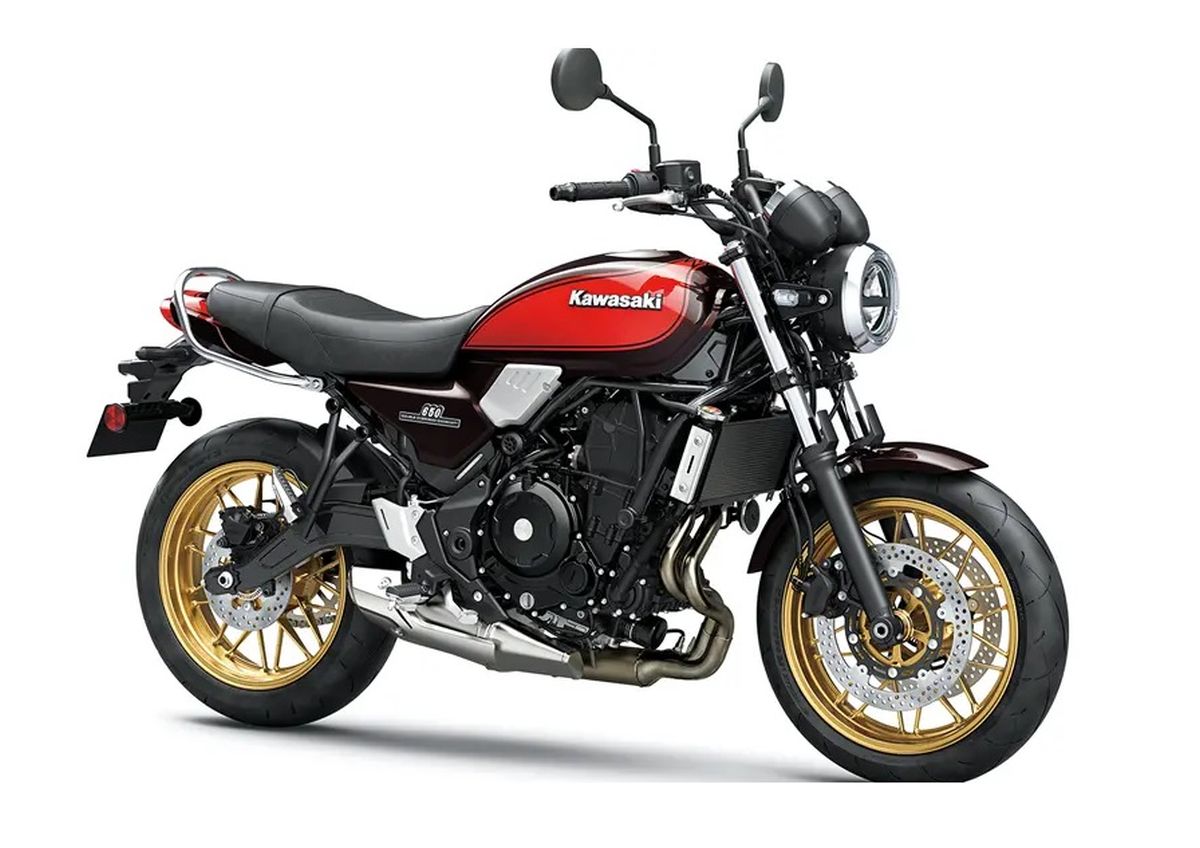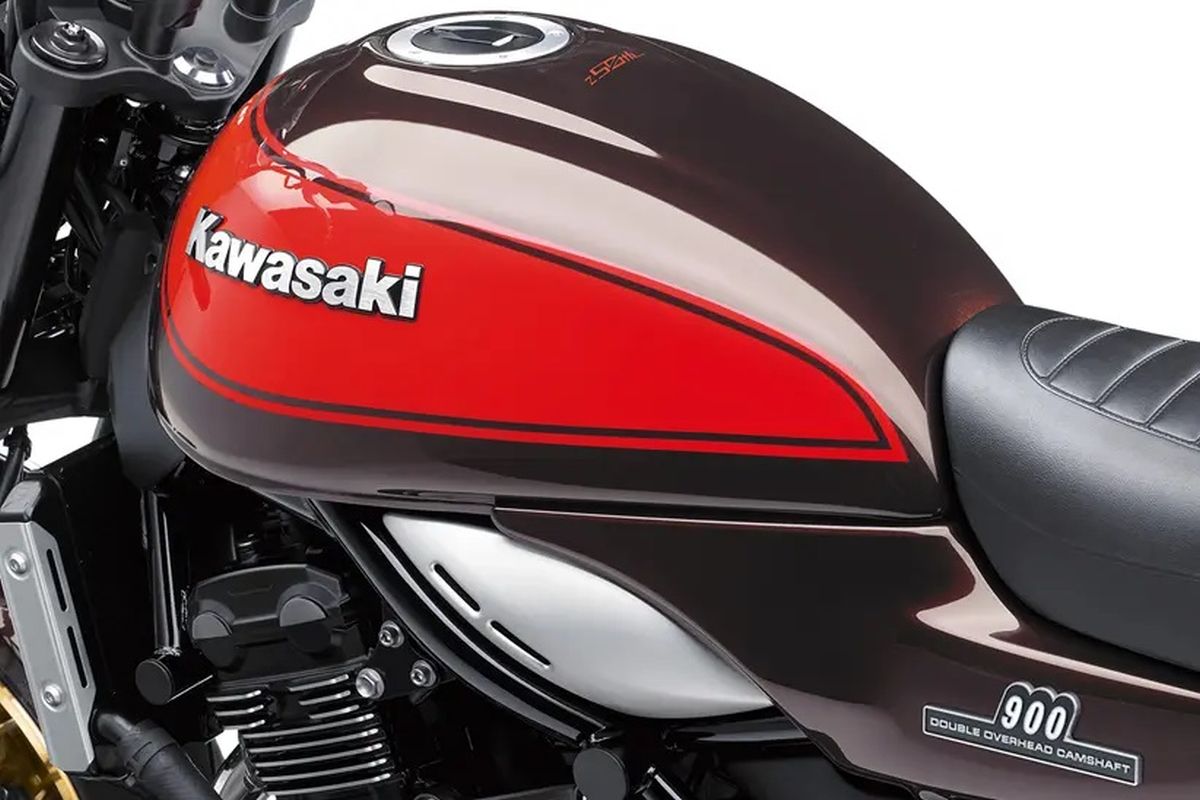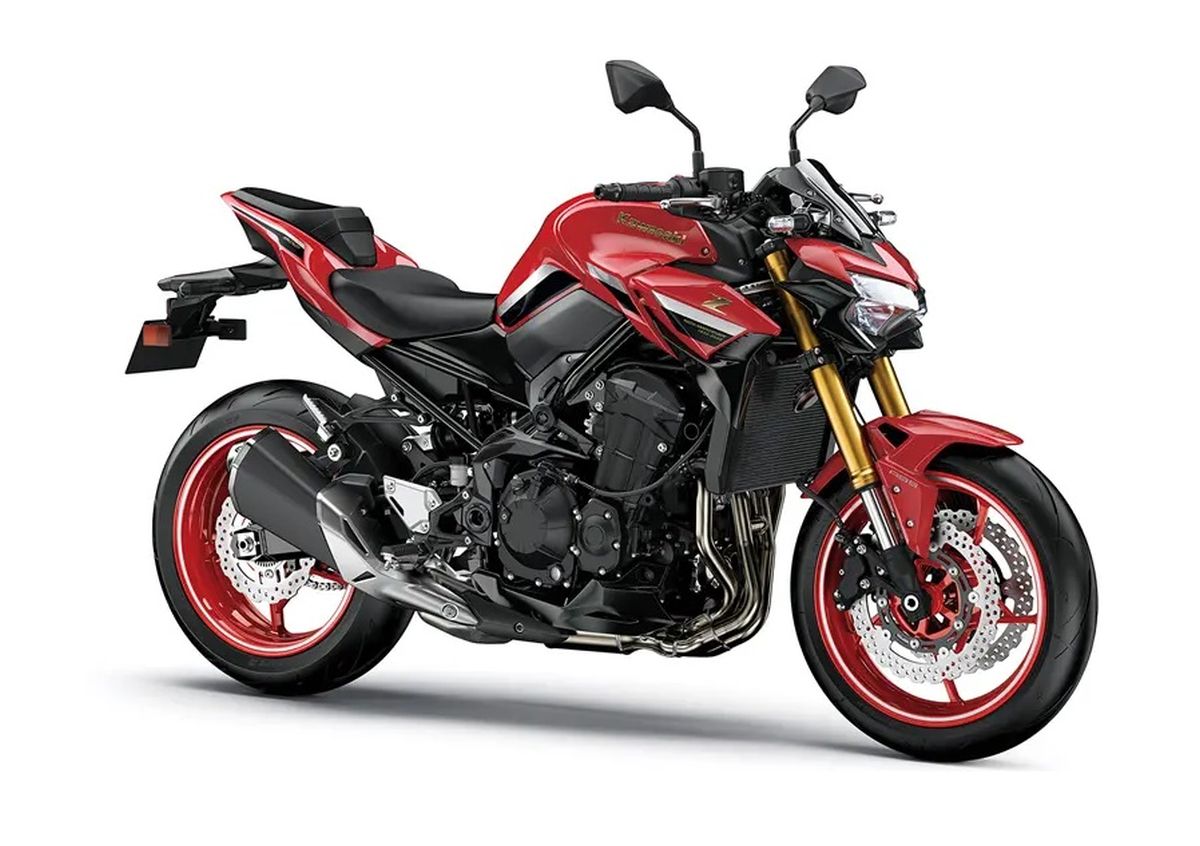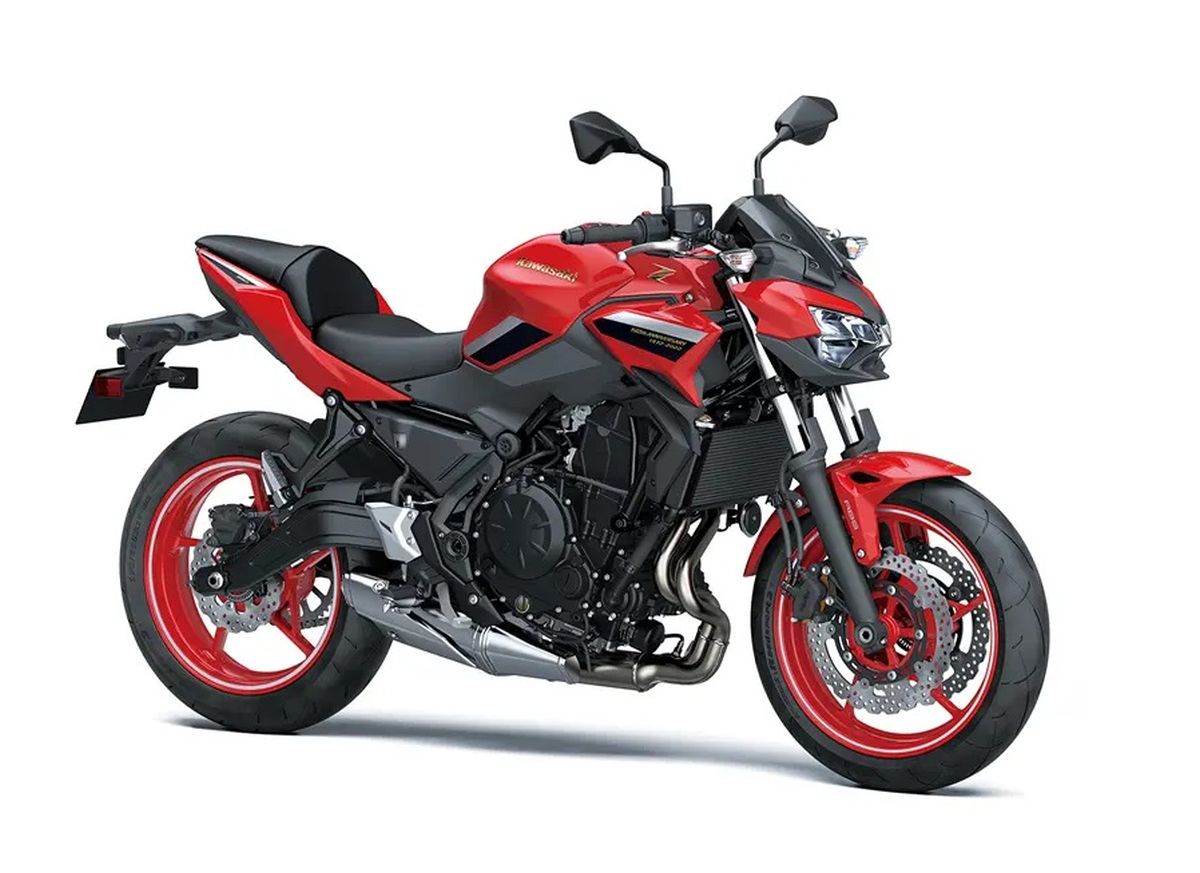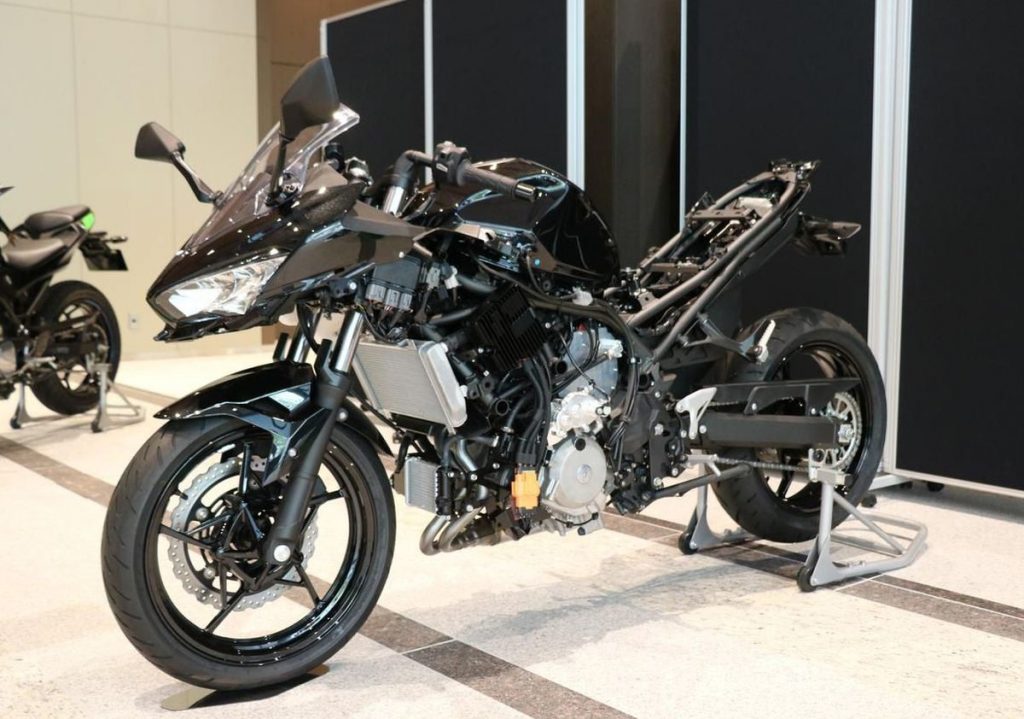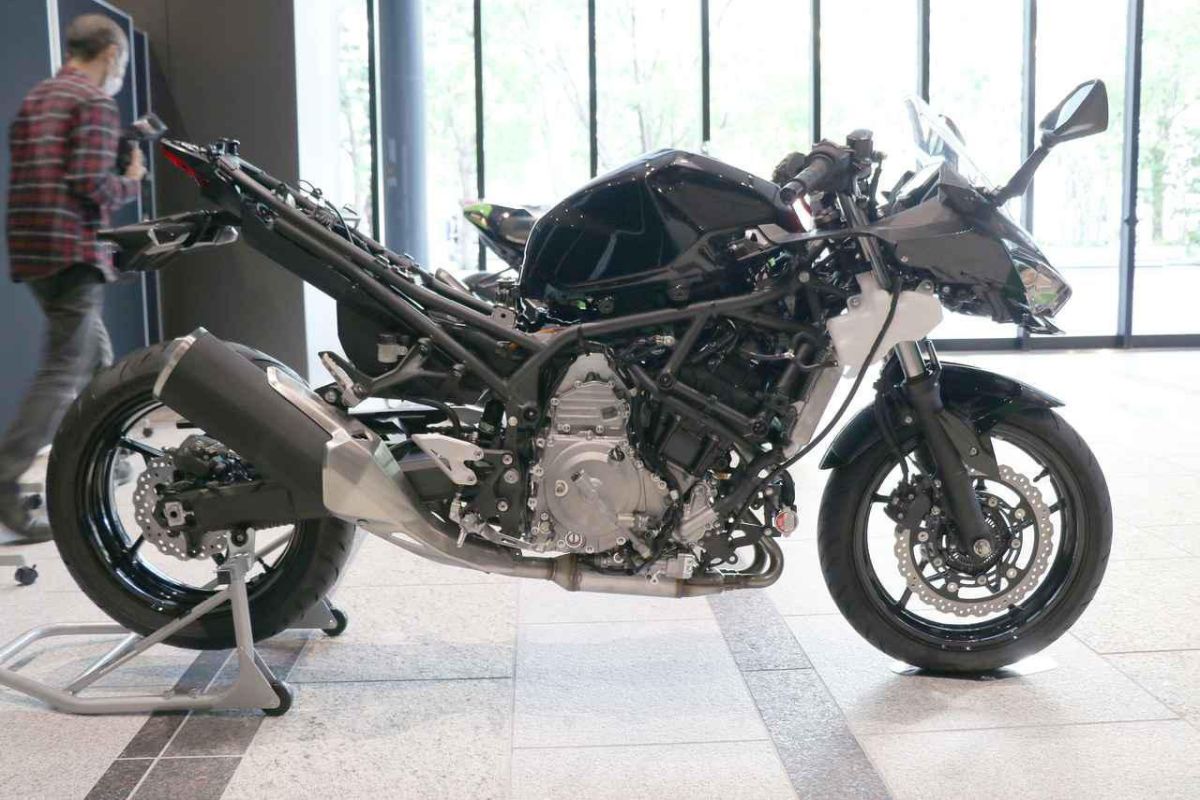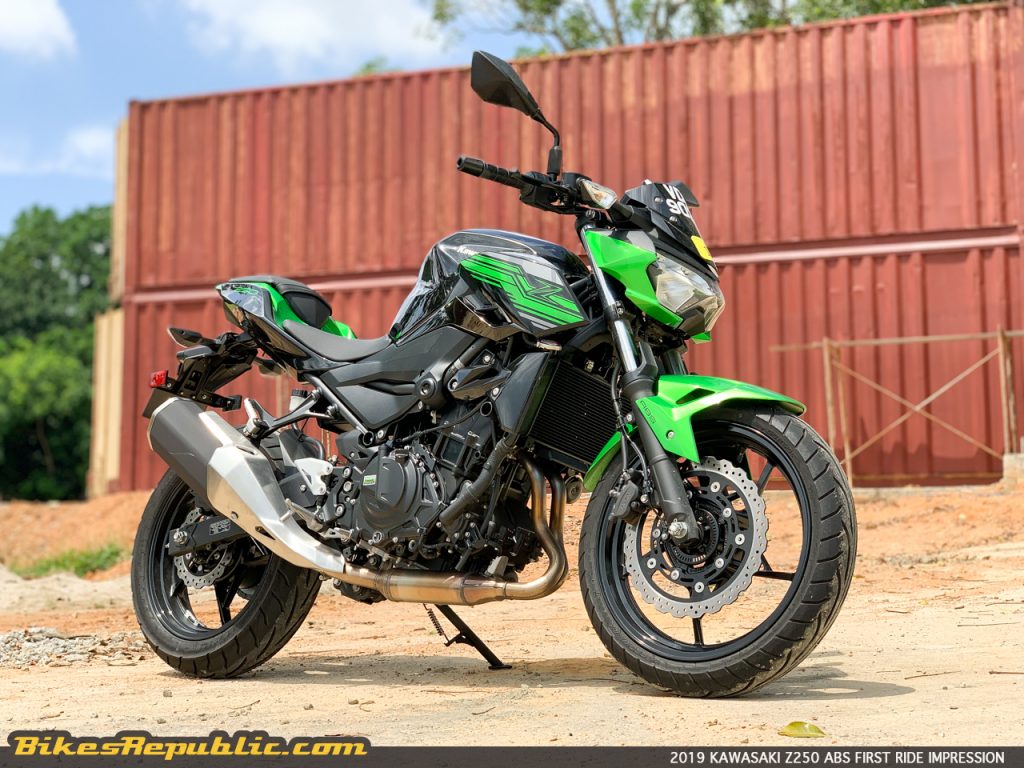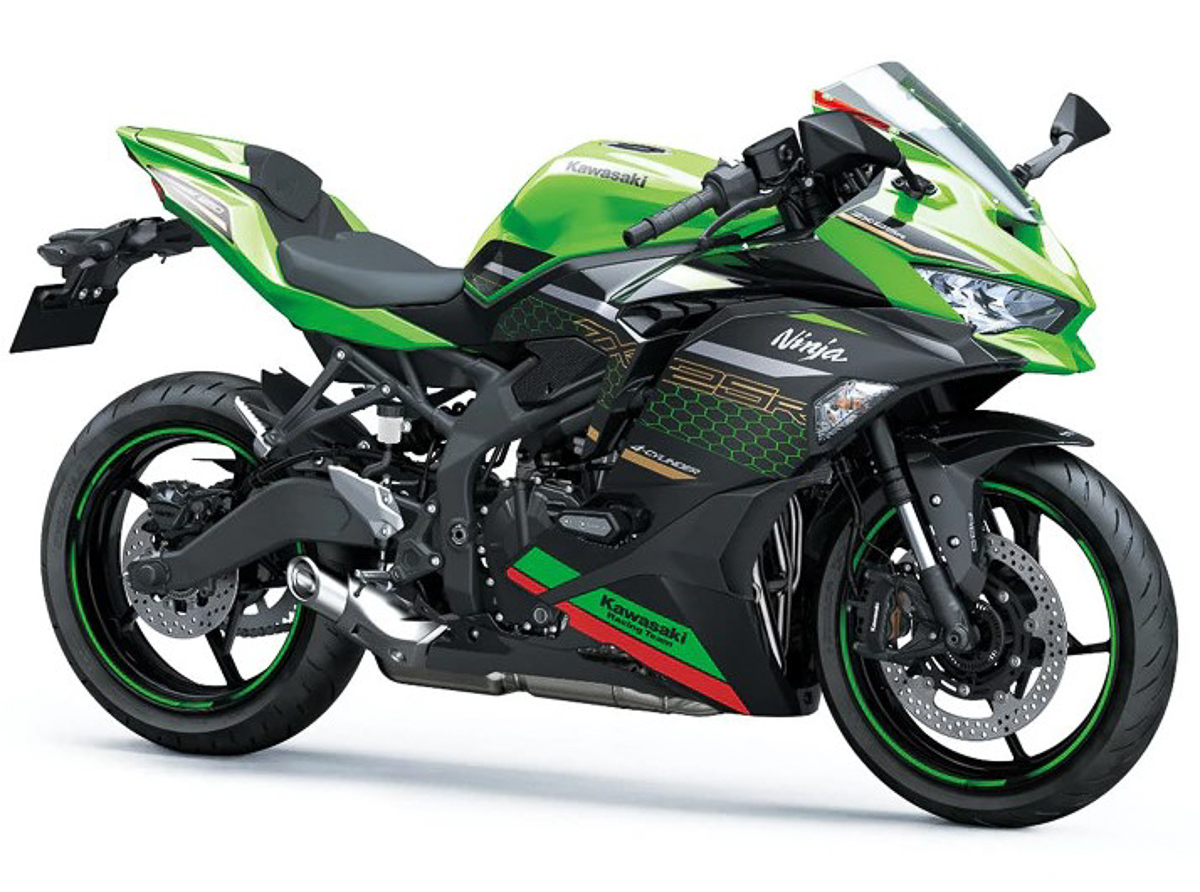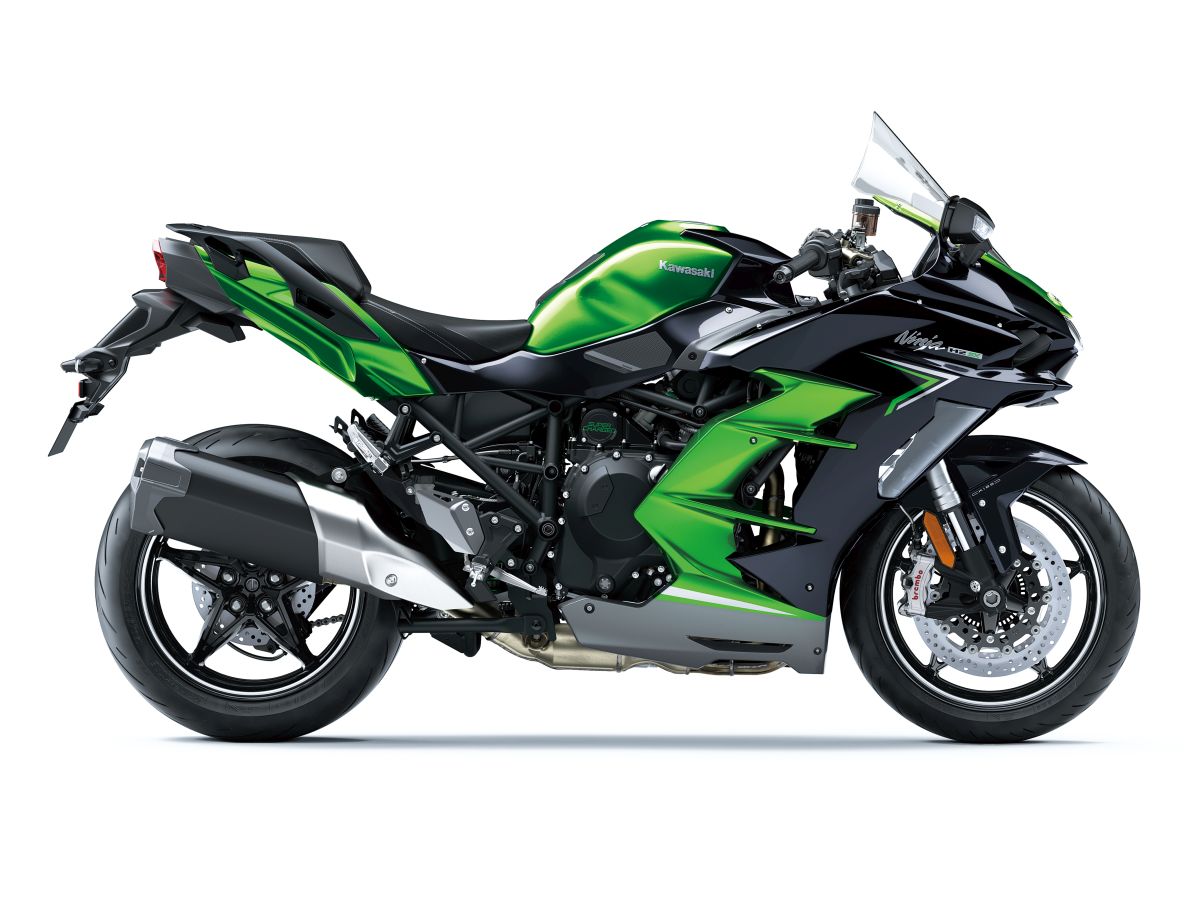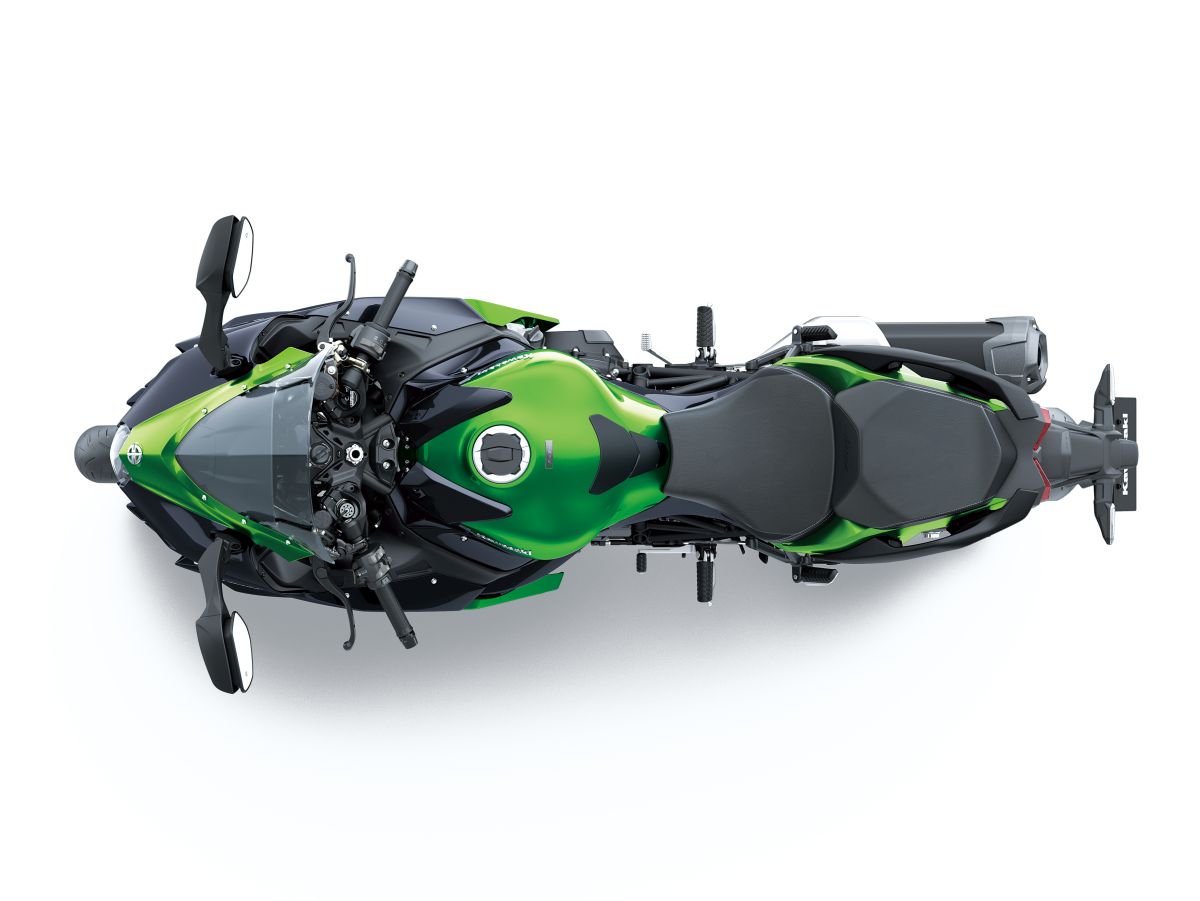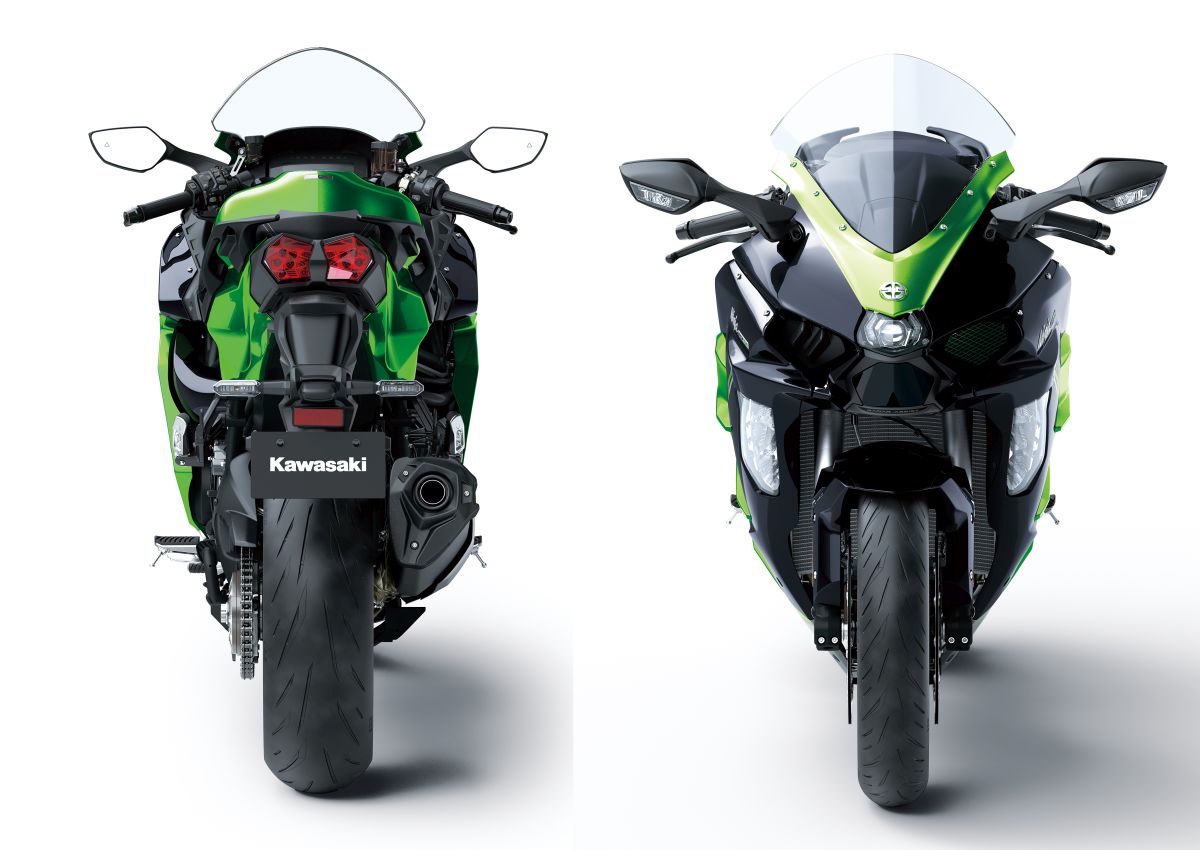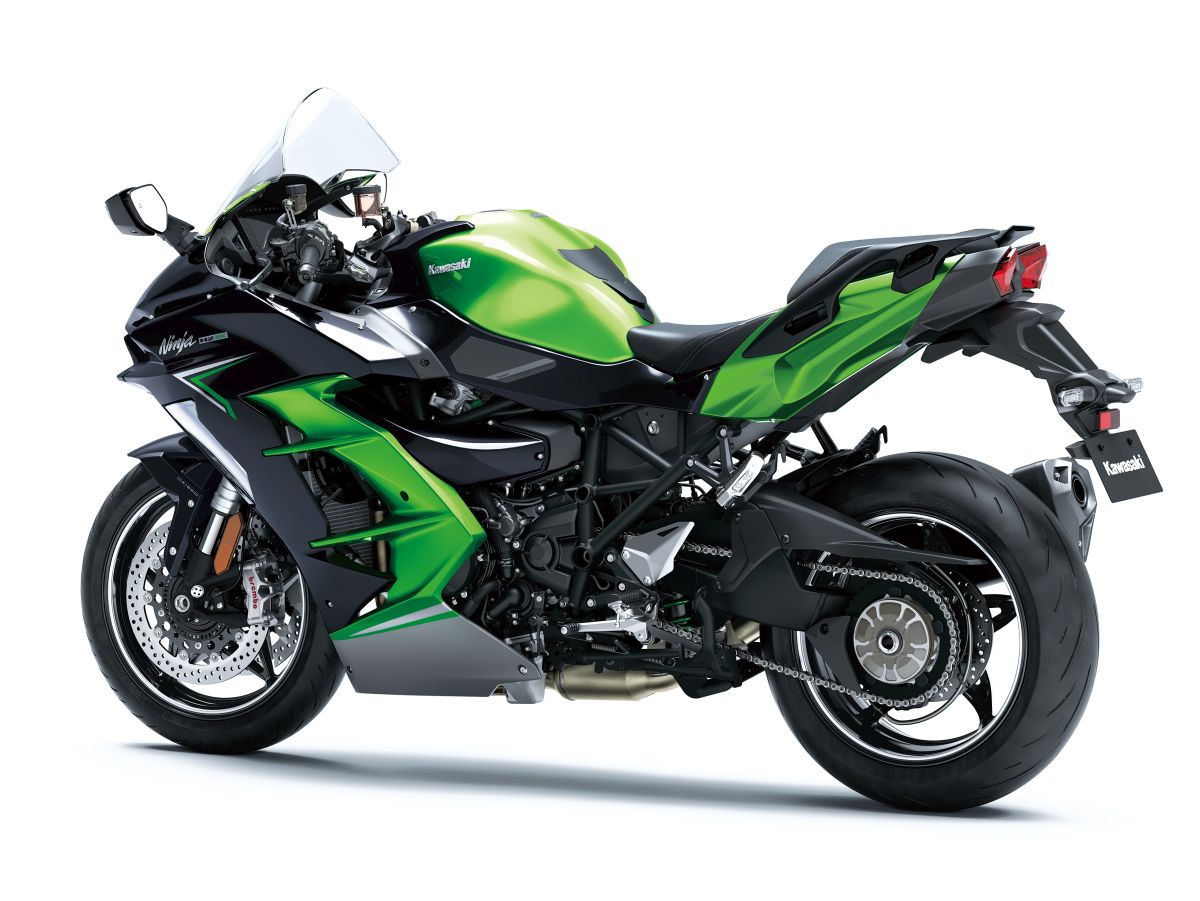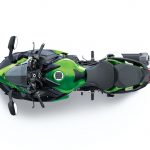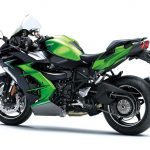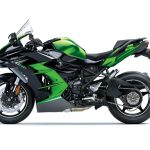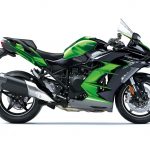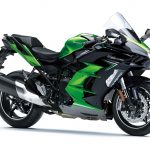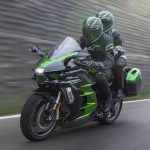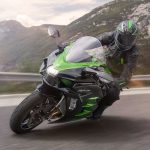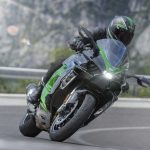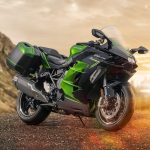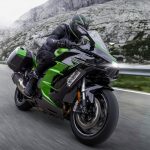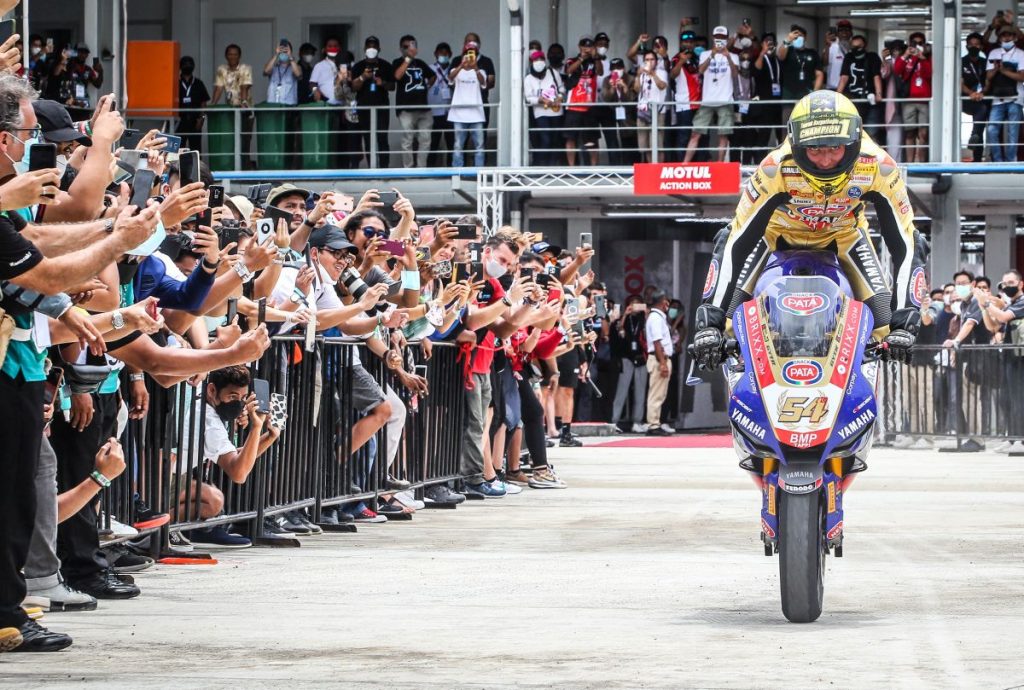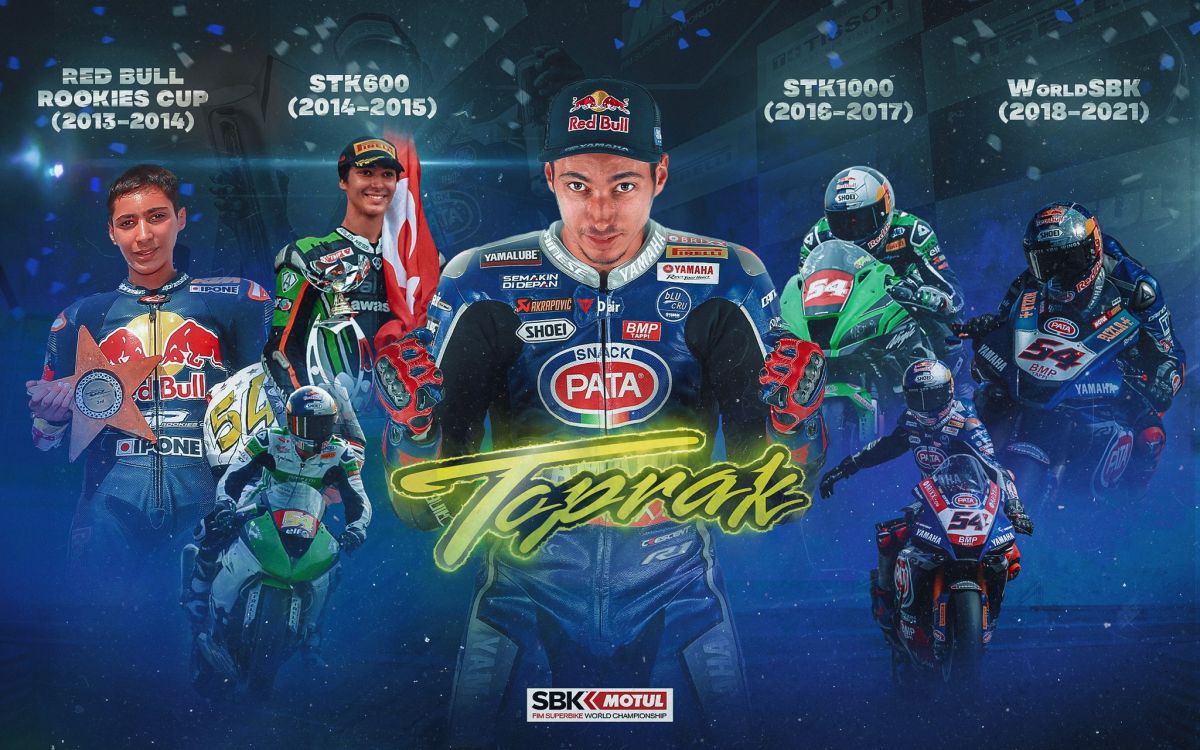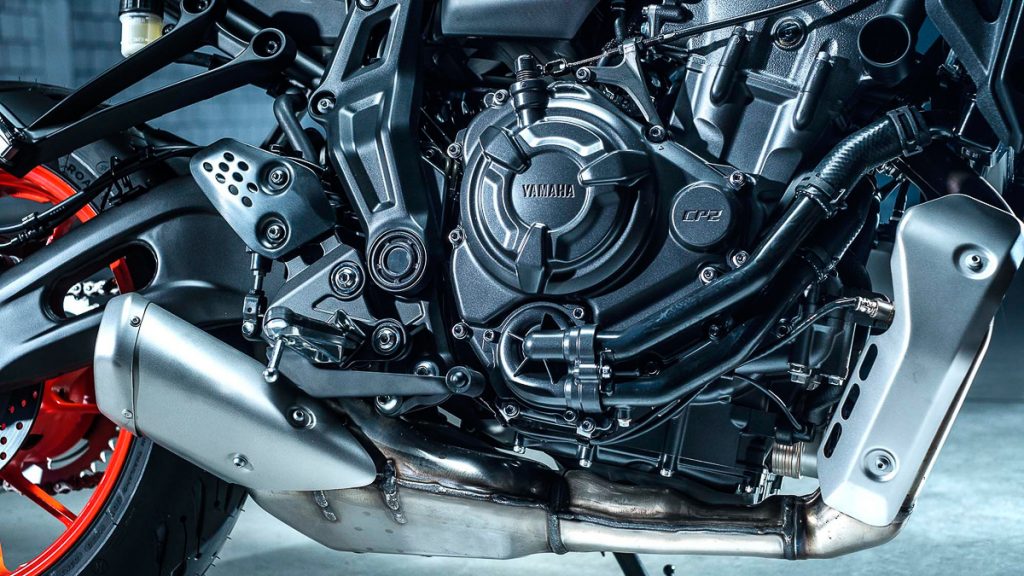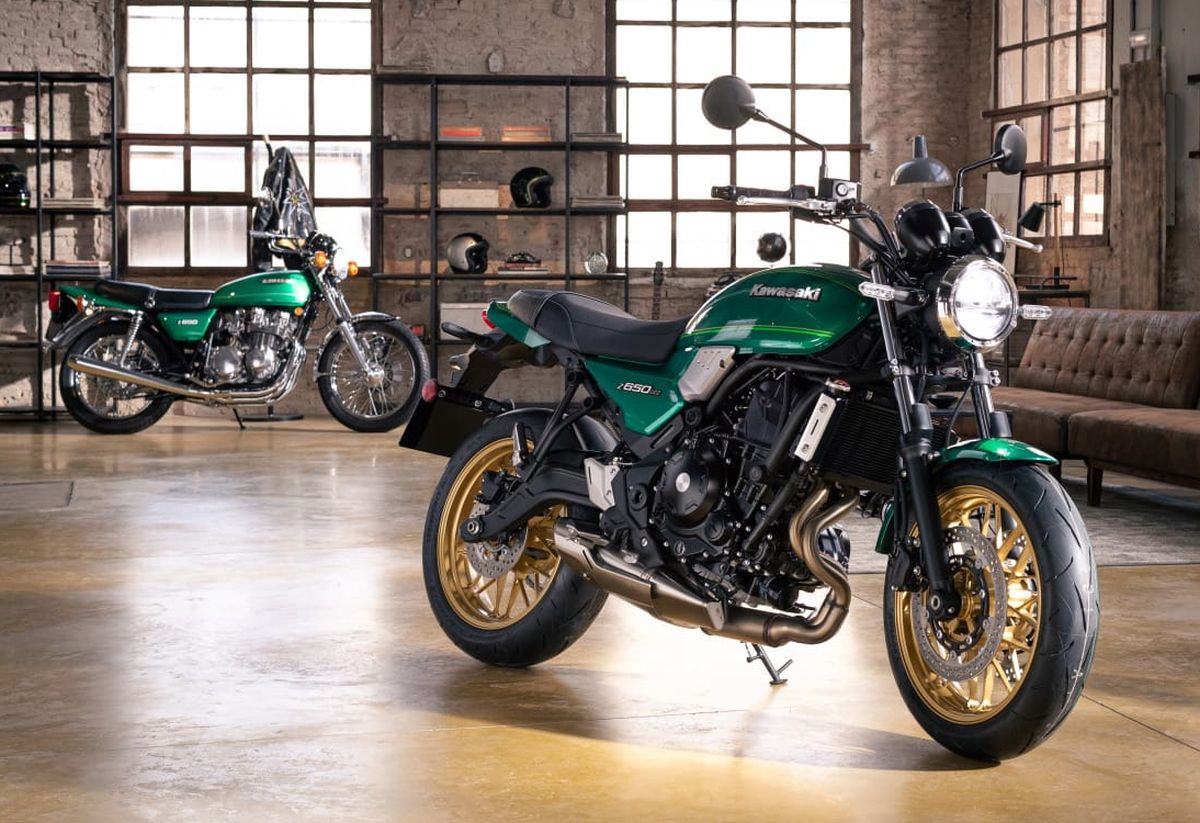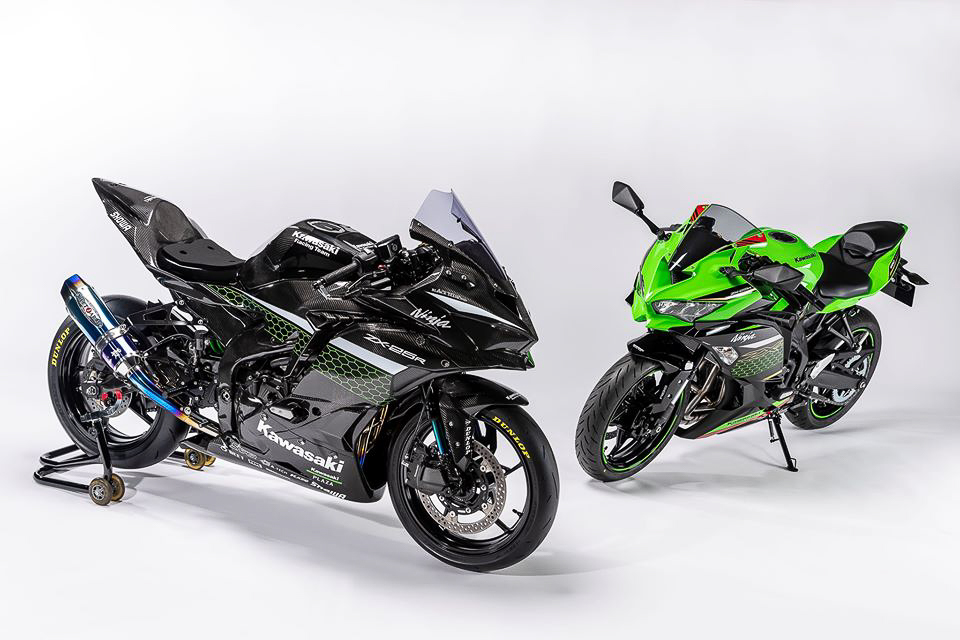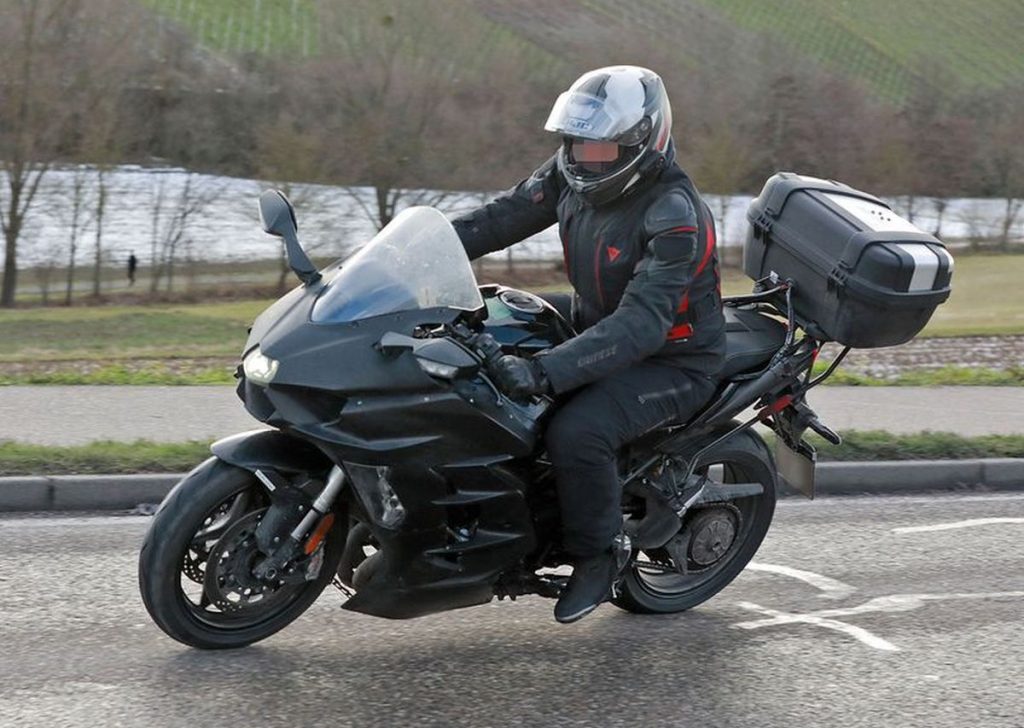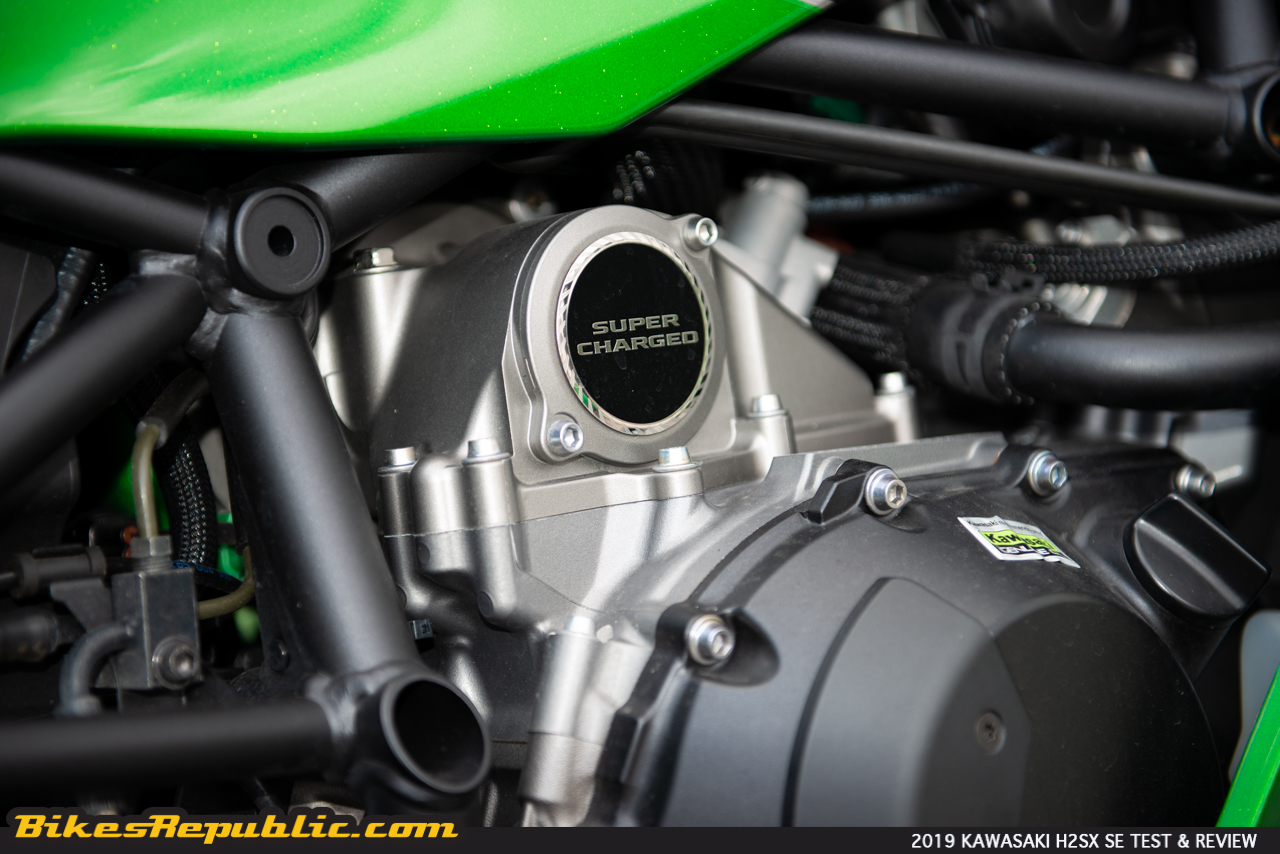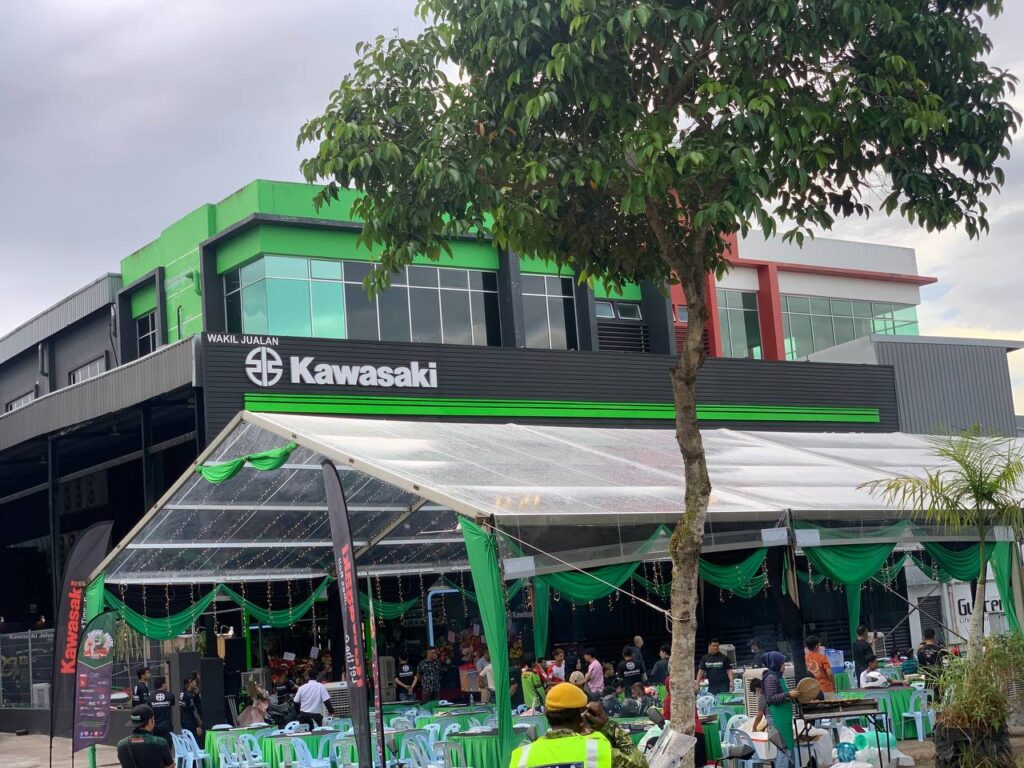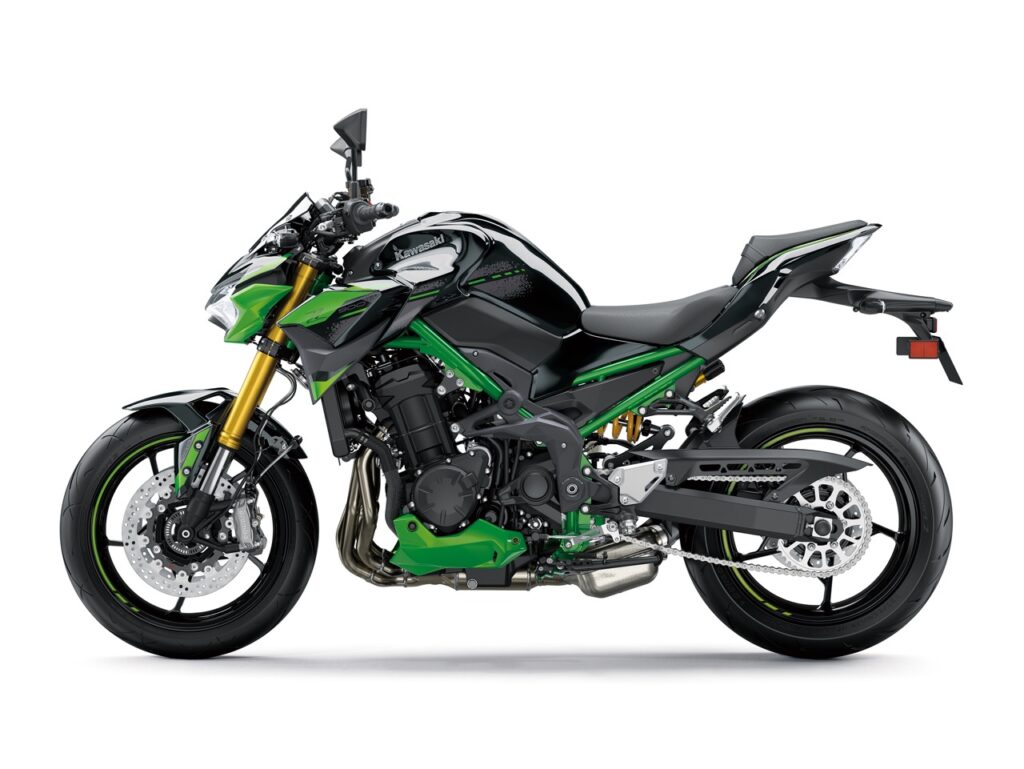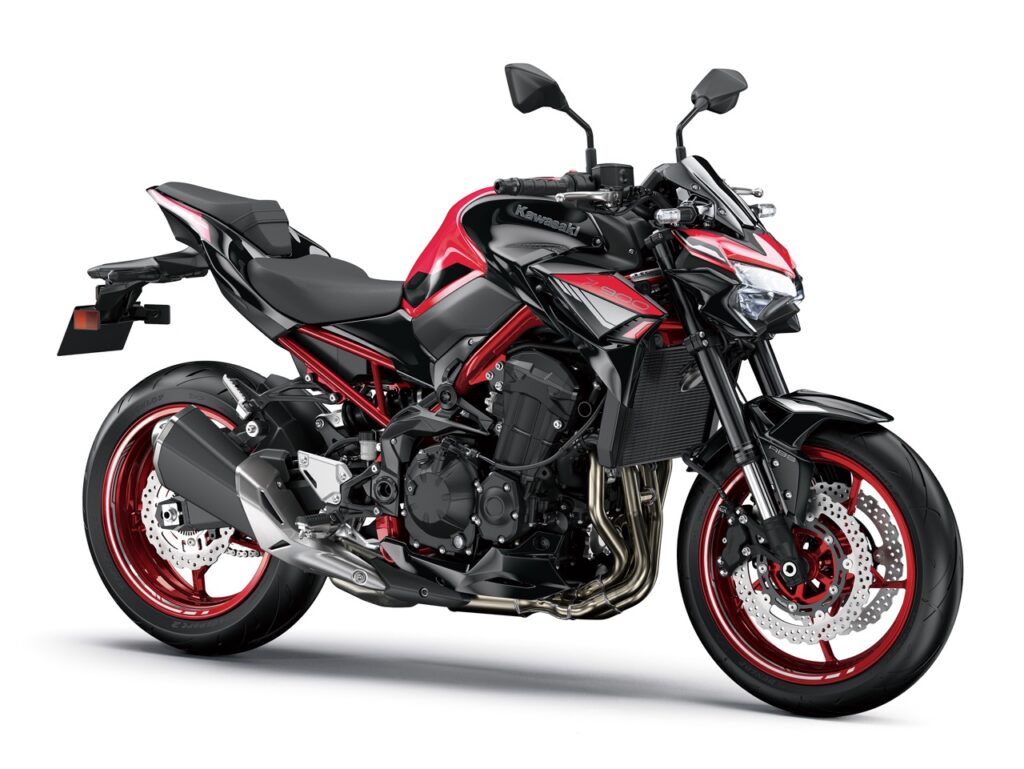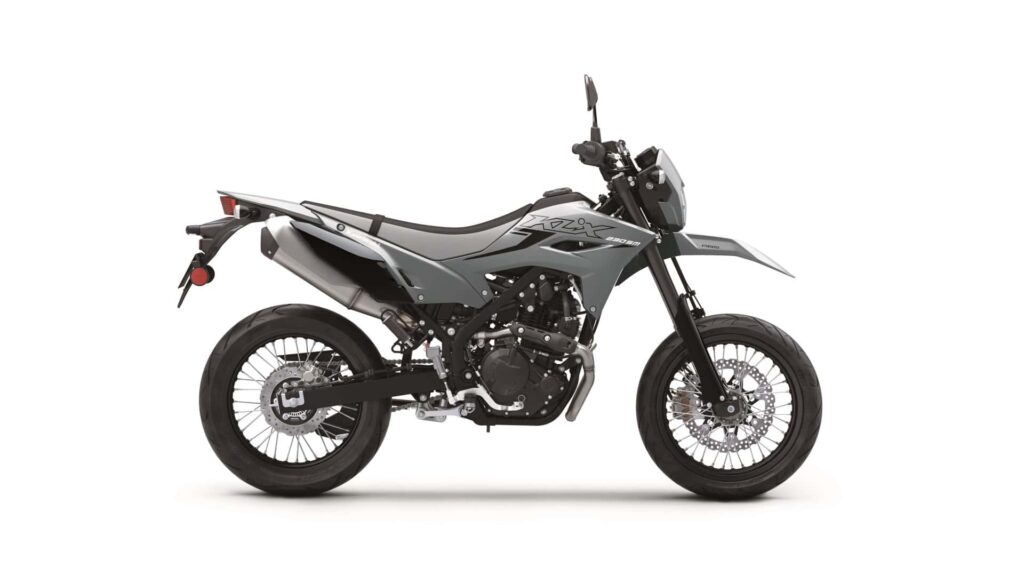Kawasaki recently updated the H2 SX range with all-new radar technology for 2022.
However, the latest reports suggest that there is more to come from Team Green. The firm is reportedly developing a camera-based system to work alongside the radar sensors.
The 2022 H2 SX has two radars, one at the front that enables adaptive cruise control and collision warning, whereas the rear operates the blind-spot monitoring system.
While the H2 SX is not the first bike to feature the radar assisted system, the motorcycle is the only one to hide the Bosch-made sensors compared to the Ducati Multistrada V4, KTM 1290 Super Adventure and the BMW R 1250 RT.
However, while the technology is a big step for two-wheelers, it is not the perfect solution to enhance rider’s safety due to its inability to sense colour, light and surface detail.
To overcome this, Kawasaki is developing a camera system (similar to the one you see on modern cars) as confirmed by the latest patent applications.
According to reports, the camera would likely be placed behind the screen in a purpose-built panel.
While the patent did not reveal much, the document says explicitly that the camera will assist the front headlight, which means it could control the bike’s high and low beam according to the riding condition.
It could also provide extra input to the radar sensor technology by recognizing obstacles or hazards on the road.
We can easily understand the system by looking at today’s cars to see how the camera operates.
Understanding this, the H2 SX could be the safest bike in the future and the first to adopt the camera system ahead of its rival.



